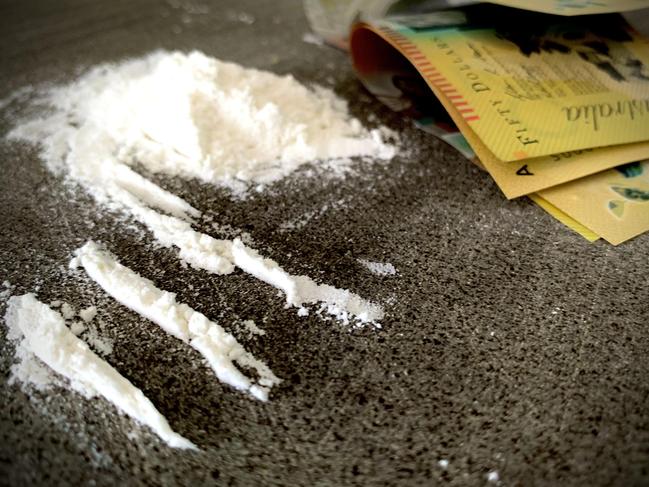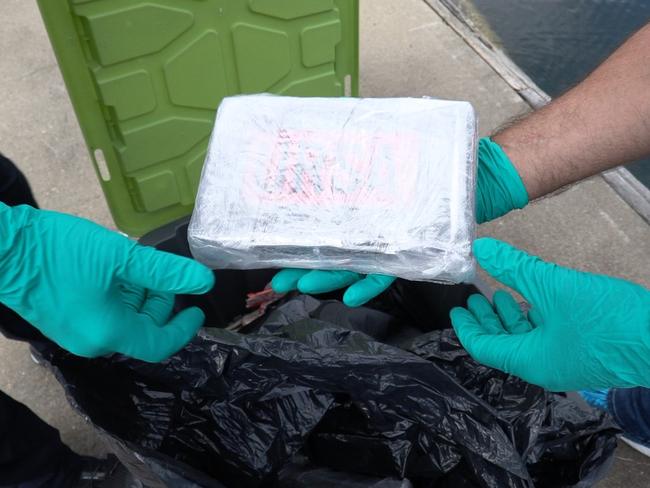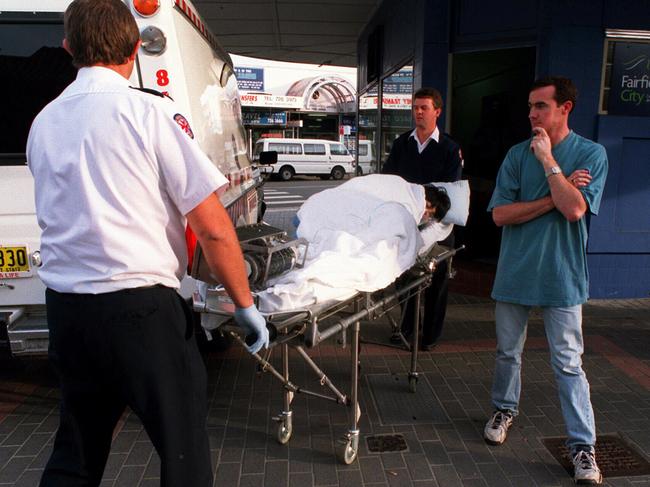New report finds sharp rise in cocaine drug deaths
As Australia continues to battle an explosion in cocaine and methamphetamines, a new report has given a stark insight into the human cost of the drugs.
NSW
Don't miss out on the headlines from NSW. Followed categories will be added to My News.
Cocaine drug deaths have doubled in Australia and methamphetamines deaths are tracking to be four times higher than a decade ago, a new report has found.
The latest National Drug and Alcohol Research Centre drug trends report found there were more than five drug-induced deaths per day in Australia in 2019, with amphetamine-induced deaths higher than 2018, and four times the rate a decade ago
Cocaine-induced deaths have doubled since 2016.
The report shines a light on the human cost of Australia’s illicit drug market, with three quarters of the drug deaths occurring in capital cities including Sydney, dubbed the cocaine capital of the country.

Program Lead for NDARC’s Drug Trends Program, Dr Amy Peacock, said with higher levels of importation, seizures and supply of amphetamines in the Asia-Pacific region came “increased usage, harms, and unfortunately deaths”.
Cocaine’s availability and prevalence has been rising nationally since 2015, with hospitalisations and treatment episodes linked to the drug also increasing.
“Overdose for cocaine and amphetamine deaths could involve seizures, heart attack and failure, brain damage, breathing complications,” Dr Peacock said.
“There is a lack of efficacious treatment options for cocaine dependence, and we need harm reduction interventions targeted at reducing overdose, injuries and other harms,” she said.
Of the 86 drug-induced deaths involving cocaine in 2019, researchers were unable to analyse age group disparities but an increase had been observed among older users.
Since 2005, the highest rates of drug-induced deaths involving amphetamines were among 25-34 and 35-44 year olds and continued to be highest in the 35-44 age group until 2019.
“However, a recent increase had been observed in rate of deaths among the 45-54 age group, from 0.91 deaths per 100,000 people (28 deaths) in 2013 to 4.4 deaths per 100,000 people (141 deaths) in 2019.
“Indeed, this age group now has the second highest rate of amphetamine-involved deaths.”

The figures reflect Australia’s enormous appetite for cocaine and methamphetamines, which is among the biggest in the world, with cocaine consumption highest in Sydney.
In February, the National Wastewater Drug Monitoring Program estimated 11.1 tonnes of methylamphetamine was consumed in Australia, 5.6 tonnes of cocaine, 2.6 tonnes of MDMA, and 1 tonne of heroin during the fourth year of the program.
Dr Peacock said it was the fifth consecutive year where the number of drug-induced deaths was higher than the earlier peak in deaths in the late 1990s (1740 deaths in 1999).
“The rate of drug-induced deaths involving amphetamine in 2019 is tracking to be higher than that recorded in 2018 and four times the rate a decade ago in 2009,” Dr Peacock said.
The figures only include deaths where drugs were deemed the underlying cause of death, and do not include incidents like car accidents where drugs may have been involved.

The report, released by NDARC, UNSW Sydney, found preliminary estimates of 1865 drug-induced deaths among Australians in 2019 of which one in four were considered intentional.
Overall, drug-induced deaths among males were almost twice the rate observed among females in 2019 with the highest rate of deaths across the board among 45-54 and 35-44 year olds.
There were 1121 opioid-induced deaths, with a shift to more deaths involving heroin than natural and semisynthetic opioid like morphine or oxycodone.
The rate of opioid-induced deaths involving heroin in 2019 was nearing the rate recorded two decades ago in 1999 when the rate of total opioid-induced deaths peaked.
Data on psychosocial risk factors was also included for the first time, with researchers finding at least one psychosocial risk factor was present for about a quarter of unintentional deaths and 62 per cent of intentional deaths in 2019.
“The most frequent psychosocial risk factor identified in coroner-certified drug-induced deaths was personal history of self-harm,” Dr Peacock said.
Other factors identified were disruption of families by separation and divorce, relationship problems, legal issues and the loss of a person in the primary support group.
To access free and confidential advice about alcohol and other drugs, contact the National Alcohol and Other Drug Hotline – 1800 250 015.





